After Morocco gained independence in 1956, the country’s architectural identity underwent a profound transformation. Central to this shift was the Groupe des Architectes Modernes Marocains (GAMMA), a collective of forward-thinking architects reconciling modernist ideals with Moroccan culture, climate, and social realities.
Table of Contents
Origins Under Écochard: Vernacular Roots
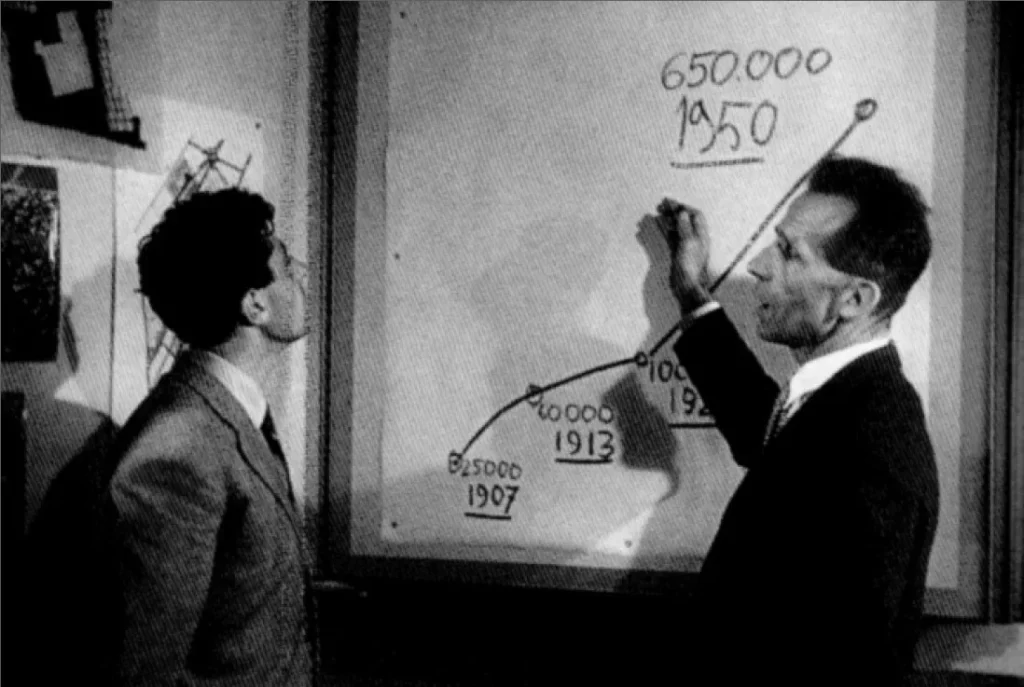
GAMMA began in the early 1950s under Michel Écochard, an influential urban planner in the French protectorate. His vision: housing solutions that weren’t copies of European designs but “culturally specific living tissue” for laborers and rural migrants in Casablanca’s growing bidonvilles.
Landmark pilot projects like Nid d’Abeille, Sémiramis, and Carrières Centrales were built around Écochard’s innovative 8×8 m cell model. These pioneering efforts were early attempts at bioclimatic design, integrating patios for ventilation and shaded communal spaces.
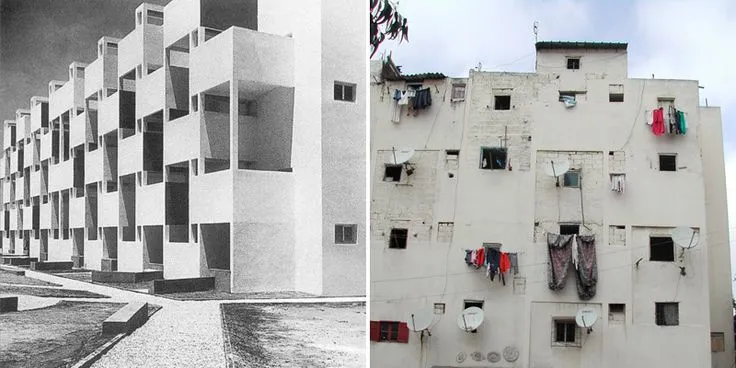
1953 CIAM & Global Modernism Debate
At the 1953 CIAM congress in Aix-en-Provence, GAMMA’s work under ATBAT-Afrique sparked a major international debate. Presenters like Georges Candilis and Écochard argued that modern architecture must learn from local culture and climate, opposing the universalist doctrine of Le Corbusier.
This debate contributed to the rise of TEAM 10, pushing modernism toward human-centred contextual design and placing Moroccan architecture on the global stage.
Post-Independence Leadership: GAMMA’s Moroccan Voices
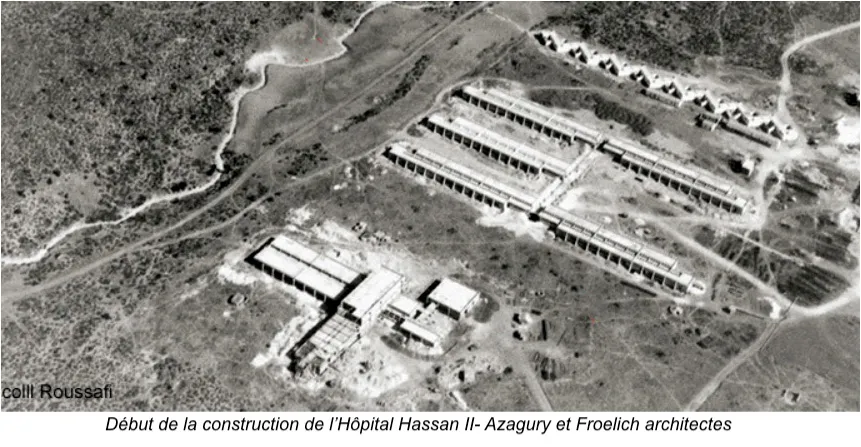
After independence, Elie Azagury, Morocco’s first modernist architect, led GAMMA, ensuring the movement remained rooted in local realities. He championed higher-density vertical housing for public projects like Hay Hassani, challenging Écochard’s reluctance toward high-rises.
Jean-François Zevaco, another leading member, produced bold private villas and schools, blending brutalist structural clarity with local context, earning acclaim in Casablanca.
Blending Modernism with Moroccan Tradition
GAMMA’s architecture fused functional modernism with vernacular design:
- Patios as climate controllers: reinterpreted for multi-family dwellings.
- Material honesty: exposed concrete, raw finishes conveying simplicity and authenticity.
- Artist integration: murals, ceramics, and local craftsmanship woven into buildings by practitioners like Faraoui and de Mazières.
Sustainable Urban Legacy
GAMMA’s projects extended across Morocco’s urban and touristic landscapes:
- Agadir’s rebuild (post-1960 earthquake) features de Mazières & Faraoui’s human-scale, seismic-cognizant urban grid.
- Hotel Gorges du Dadès and other climatically responsive resorts demonstrate early bioclimatic design.
- Public infrastructure, from schools and postal centers in Casablanca to post-independence housing schemes, reflected lessons from vernacular precedents.
Why GAMMA Matters Today
GAMMA’s legacy marks a national expression of modernism, not blind imitation, but an architecture rooted in place, climate, and people. By bridging global modernist languages with local identity, GAMMA:
- Pioneered bioclimatic thinking decades before sustainability became mainstream.
- Inspired a generation of Moroccan architects to balance innovation with cultural continuity.
- Offered a historical blueprint for resilient, human-centred urbanism in our era of climate adaptation.
To explore further, examine iconic GAMMA works in Casablanca (Carrières Centrales, Zevaco’s villas, Hay Hassani) or visit Agadir’s city center, rebuilt under GAMMA’s influence.


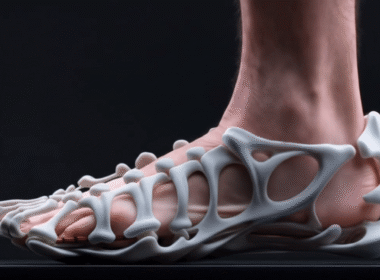
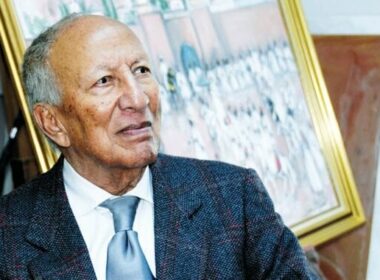
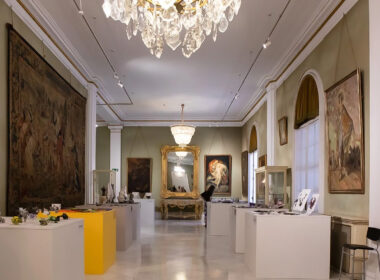
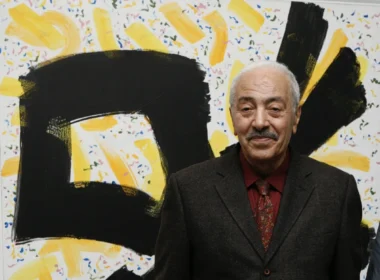
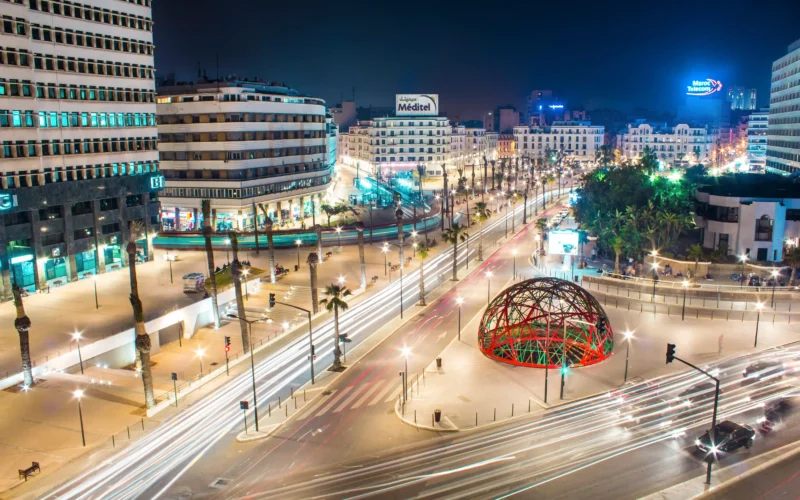
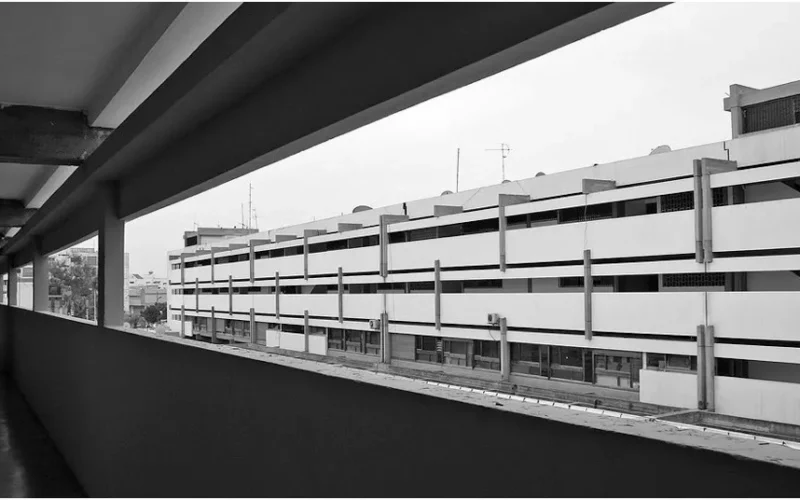
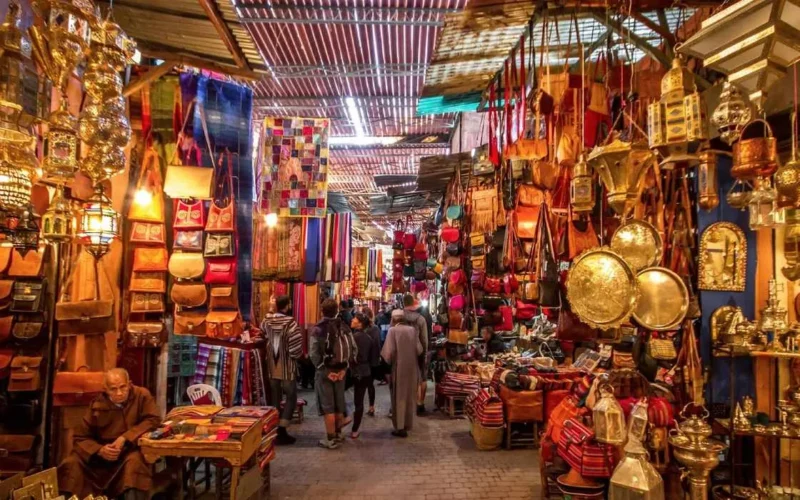

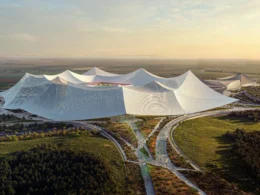
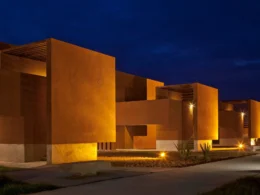
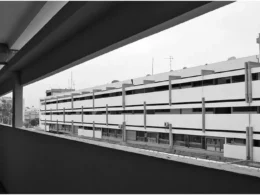
Lovart AI seems like a game-changer for design workflows-especially the tri-modal interaction. As a designer, I’d love to test how it handles pixel art upgrades. Lovart AI could save serious time.